This piece is from SD HistCon founder Harold Buchanan. Harold is an award-winning designer whose designs include Liberty or Death (2016), Campaigns of 1777 (2019), and Flashpoint: South China Sea (2022). He has been a historical gamer since 1979. Harold is an Adjunct Professor of Finance at The University of California San Diego.
Introduction
The Charles S. Roberts Awards (CSRs) hold a special place in the hearts of those who have been part of the historical gaming hobby since the 1970s. The CSRs serve as a nostalgic reminder of what initially drew us to the hobby, featuring familiar games and designers that evoke cherished memories.
For newcomers to the historical gaming scene, the CSR awards offer a valuable resource for exploration and categorization within the 21st century historical gaming landscape. While we appreciate the efforts of Ardwulf and the team behind the CSRs in their thoughtful reorganization and execution, it is crucial to acknowledge the room for improvement in certain aspects.
Narrow Perspectives and Unresolved Definitions
One prevalent issue surrounding the CSRs is the dominance of conservative perspectives, creating an echo chamber effect that impacts the views and politics of the CSRs. The term “wargame” has become a subject of contention, with some individuals asserting their personal definition and influencing nominations and winners.
Despite Charles S. Roberts himself (seen above with some of his designs) describing the award as a “conflict simulations award,” the recurring use of the undefined term “wargame” in every award category highlights the inherent bias. It is worth examining the CSRs’ charter, where the definition of conflict simulation is provided. However, the extensively used term “wargame” is not addressed in any comprehensive manner—but is used more than 50 times. While progress has been made with the inclusion of a few progressive thinkers on the nominations committee, the overall composition of the committee still warrants further discussion.
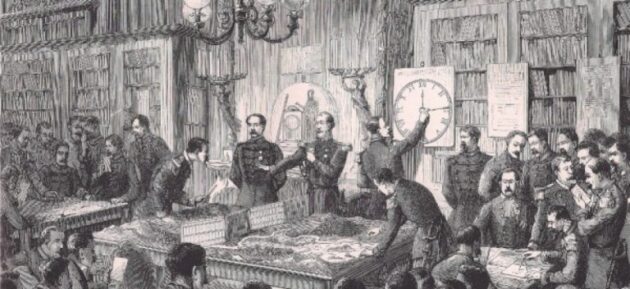
An early Kriegspiel image. (SpotterUp.com.)
The Best Wargaming Magazine Category
In the spotlight for this discussion is the Best Wargaming Magazine category of the 2022 CSRs. The category’s description states that the award recognizes the quality of the magazine, with any included wargames judged separately in their respective categories. The nominated magazines for 2022, Against the Odds, Strategy & Tactics, VaeVictis, War Diary, and World at War, primarily embody traditional historical gaming elements.
While this traditional approach holds its merits and showcases our love for historical themes, it fails to address the evolution and diversity present in today’s hobby. It is crucial to explore why certain magazines were not nominated. It is also worth looking at how we, as a hobby represented by the CSRs, can acknowledge the role of “magazines” in shaping the present and future of our hobby, moving beyond a reflection of the past.
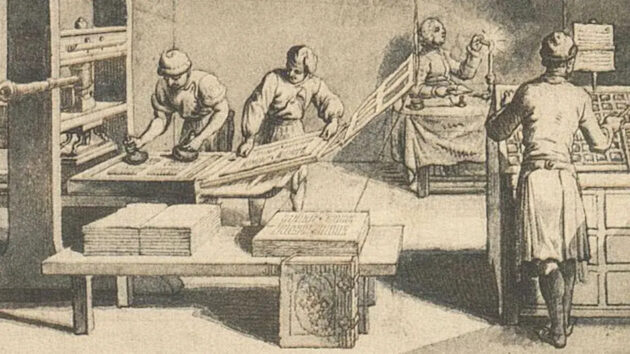
The Gutenberg printing press. (InterestingEngineering.com.)
Redefining the Magazine Concept:
The term “magazine” historically referred to a storehouse of supply and munitions in a military sense. Over time, it evolved to include the concept of a periodical journal containing miscellaneous writings, often considered a “storehouse” of information.
The definition of a magazine should no longer be confined to its traditional paper format, especially in an era where even prominent publications like Entertainment Weekly have transitioned to a fully online format. While a separate category for the best magazine game already exists, it is puzzling that most of the nominated magazines include games.

An early Kriegspiel image. (MilitaryHistoryNow.com.)
The Need for Evolving Nomination Processes
While acknowledging the CSR administration’s efforts to simplify and refine the award categories, it is clear that more work is necessary. It is essential to address the uninspired nominations that primarily represent magazines embodying the format of the 1970s.
Instead, we should embrace magazines that challenge the status quo, providing thought-provoking content and diverse perspectives. Many individuals and platforms, such as James Buckley, Fred Serval, The Player’s Aid, Liz Davidson, Rodney Smith, Candice Harris, Stuka Joe, Jim Owczarski, Calandale, Zilla Blitz, Riccardo Masini, Dan Thurot, Clio, Moe Fitzgerald, along with their associated blogs, YouTube channels, and commentaries, consistently contribute outstanding content that pushes the boundaries of the hobby.
It is disheartening that they have been overlooked, possibly due to a rigid interpretation of the term “magazine.” Ignoring such contributors hampers the credibility of the entire awards process.
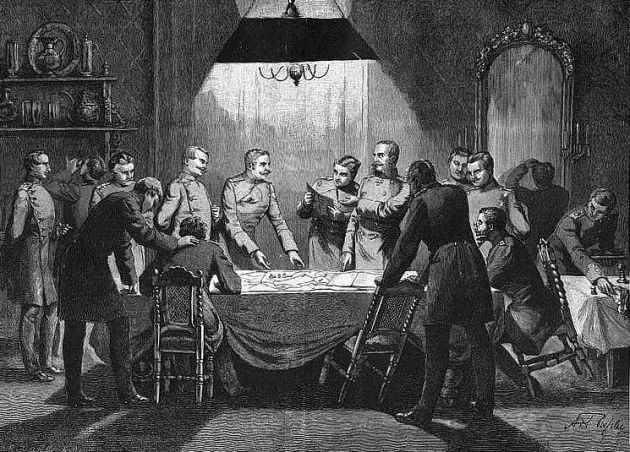
An early Kriegspiel image. (PaxSims.com.)
Embracing Social and Cultural Issues
To address the issues plaguing the nomination process, both category definitions and the diversity of thought within the nominations committee need attention. While allowing the public to nominate had its flaws, relying solely on a centrally controlled nominations committee dominated by individuals rooted in the hex and counter culture of the 1970s and 1980s limits the progress and growth of the hobby.
The nominations committee should reflect a broader spectrum of thinkers. This year’s inclusion of progressive voices including Jason Matthews, Dan Bullock, and Liz Davidson, is a good first step, but it’s still a token few.
The nomination of Votes for Women by designer Tory Brown serves as an example of the impact that a small group of forward-thinking individuals can have on the awards. It is crucial to acknowledge that while there is room for the technologies and nostalgia of the past, the hobby is expanding in many exciting directions.
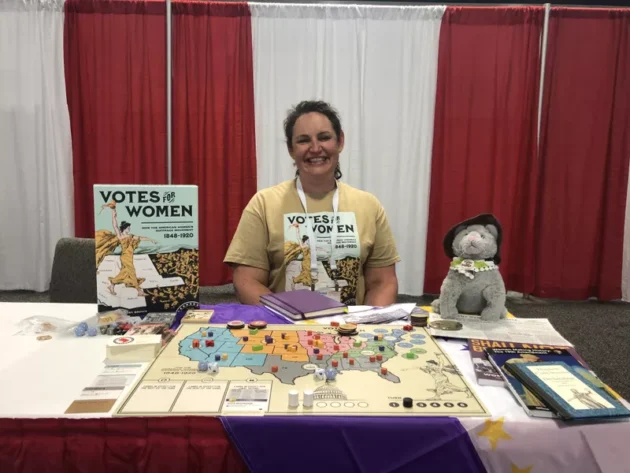
Designer Tory Brown with Votes for Women at the 2022 ALA Convention. (Kevin Bertram on BoardGameGeek.)
An Opportunity to Move Beyond Incremental Improvement
During the rethinking of the categories that are promised by the CSR team, an opportunity exists to make material changes to sort out categories. The nomination of Votes for Women is a step in the right direction given the context of the overall awards. The challenge is that it doesn’t fit with implied definitions and expectations.
Rather than rely on the vagaries of the term “wargame” to reward hex and counter kinetic conflict, why not better define award categories? We should all agree the definition of wargame is intensely personal and not going to be resolved. So if we want an award for hex and counter kinetic conflicts,let’s make that a specific category.
If we don’t want to live by the broad grouping we might find under the term wargame, define the categories with more precision. If we don’t impose that discipline (or at least fight through the exercise) we should expect more Fortress America, UBOOT and Votes for Women controversy. These are all excellent games that disappoint the echo chamber and coinjour the words “that’s not a wargame!”
If we can’t define “magazine” as anything beyond the 1950s hard copy definition, then we need new categories for content as well. We should create categories for digital thinkers that have a much greater impact on the hobby than small-circulation print magazines.
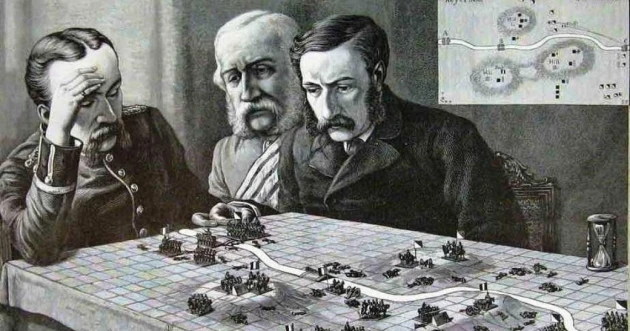
An early Kriegspiel image. (PaxSims.com.)
Embracing the Future
George Washington recognized the significance of magazines in political life. Ron Chernow in his biography Washington: A Life quoted Washington as saying that newspapers and magazines were: “…easy vehicles of knowledge more happily calculated than any other to preserve the liberty and meliorate the morals of an enlightened and free people.”
While Washington’s reference was likely to paper gazettes, it is safe to assume that he would embrace the modern digital definition of magazines, complete with opinion pieces and intellectual challenge of the status quo.
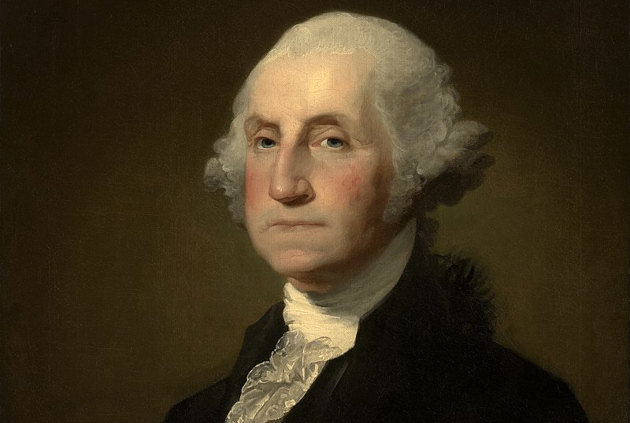
Gilbert Stuart’s portrait of George Washington. (Wikipedia.)
To ensure the CSRs remain relevant and inclusive, it is essential to adapt to the changing dynamics of the hobby and appreciate the influence of online platforms, blogs, YouTube channels, and other forms of content creation. By recognizing through nomination these modern magazines and their contributions, the CSRs can enhance their credibility and effectively shape the future of historical gaming.
Conclusion
While the CSRs hold immense value as a rallying point for the historical gaming hobby, it is crucial to address the limitations and biases that hinder their progress. By reevaluating category definitions, diversifying the nominations committee, and embracing a broader spectrum of magazines, the CSRs can truly represent the historical gaming hobby of the Twenty-First Century. It is only through these collective efforts that the CSRs can evolve and maintain their relevance in shaping the future of historical gaming, just as they have preserved the cherished memories of the hobby since their inception.
Harold Buchanan, the founder of SDHistCon and the author of this piece, can be contacted via Twitter at @HBuchanan2.
[Image sources: HistoryNet, InterestingEngineering, SpotterUp, Military History Now, Pax Sims, BoardGameGeek, Wikipedia]

I’m glad you wrote the article, Harold. For context, I’ve been nominated for a number of CSR awards and won one, all in the quite fluid category of best review or analysis article. Though I didn’t look closely this year, that broad category seems to have disappeared. But since the Charlies were resurrected, the awards for game reviews have been dominated by video reviewers – so in a sense, the award space for review magazines with a game inside seems to have evolved in two quite different directions, dominated on the one hand by printed games, and on the other by video reviews.
I do agree that well informed content for wargame-adjacent issues does not have a natural home in the current award structure; but in truth there are vanishingly few locations for such content in the hobby either.
The article proceeds from two false assumptions and then ends on them. Firstly, that the CSRs are anything more than a popularity contest with any kind of value to anyone who understands their voting process. And secondly, that wargamers *should* be involved in the culture wars that are currently tearing apart sports and education. The author should realize that men use wargaming to escape that nonsense. Leave their safe spaces alone.
Excellent essay Harold. Ignore the snowflakes.
I’m happy with the current changes to the CSR awards, but recognize more could be done.
Also quite happy historical gaming is growing in new directions, not just the hex and counter male-focused world it was slowly dying in… I don’t hate hex and counter games, but there is so much more out there!